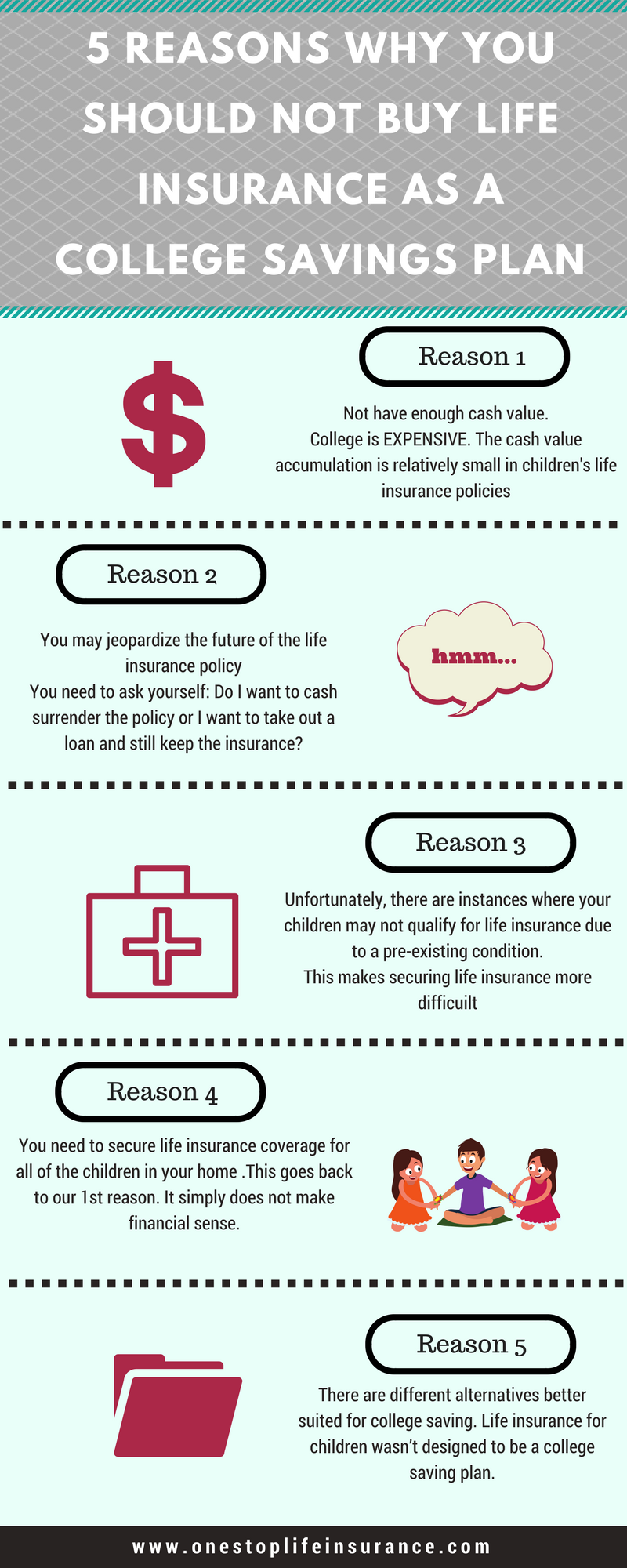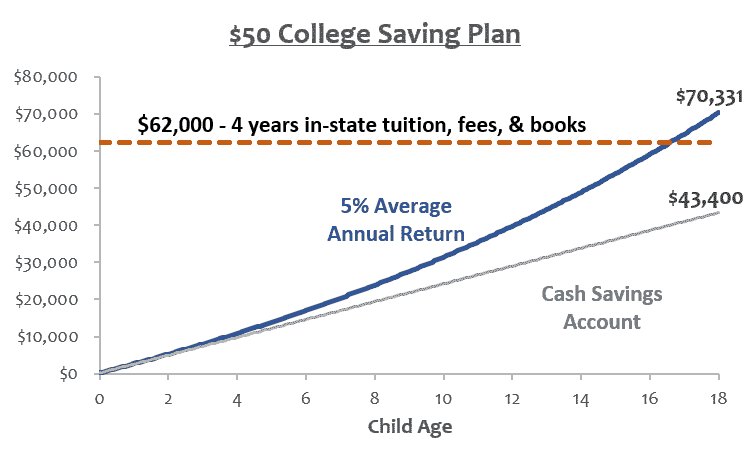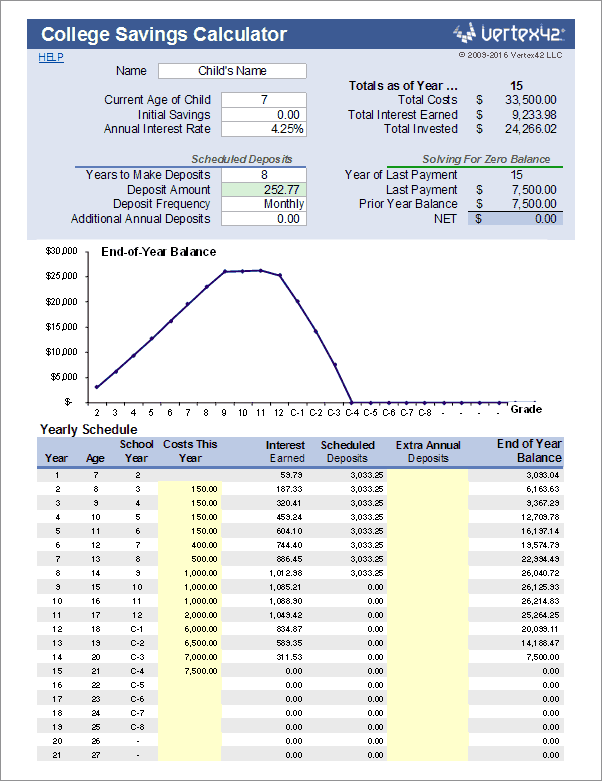


Although you won’t find many investment options, the Alabama 529 plans offer reasonable fees.Click on a link below for an in-depth analysis of each 529 plan. We’ve reviewed the benefits, fee structures, investment options and other features of 529 college savings plans throughout the country. Some plans allow you to make tax-deductible contributions regardless of residency, while others sponsor their own scholarship programs and more.
#Fpucentral college savings planner free#
So feel free to shop around to find the 529 plan that works best for you. However, no rule limits you to investing only in a 529 college savings plan that your home state sponsors. Each plan usually has a variety of investments to choose from including stocks and bonds as well as additional options. You can find state-sponsored programs as well as purchase plans through a broker. Because this is a tax-advantaged account, the government levies penalty taxes if you don’t use it for the intended purpose: education. However, income tax and a 10% penalty tax is applicable if the money’s used for other purposes. You’ll want to check with a tax advisor if you plan to contribute a large amount of money in a single year.Īt any time, the account owner is allowed to withdraw money for qualified educational expenses, tax-free. Furthermore, there are gift tax limits to keep in mind. However, there are limits to how much you can deduct. If your state taxes income, you can usually deduct 529 plan contributions. There are two types of plans under the 529 umbrella: 529 College Savings PlanĪ 529 college savings plan account allows you to contribute funds (up to state maximums) that can grow tax-deferred, in various investments. Almost all states offer plans with limits as high as $300,000 to $400,000. A 529 plan has some of the highest contribution limits available for tax-advantaged accounts. This tax-advantaged college savings plan is sponsored by states, state agencies or educational institutions. One of the most popular choices for college savings is a qualified tuition program (QTP), commonly known as the 529 plan. And with your child’s educational expense burden on the line, you’ll want to be certain you’re making the best choices for their future.

After all, failing to plan is planning to fail. Even if children are not on the horizon yet, you’ll want to know your savings options.


 0 kommentar(er)
0 kommentar(er)
